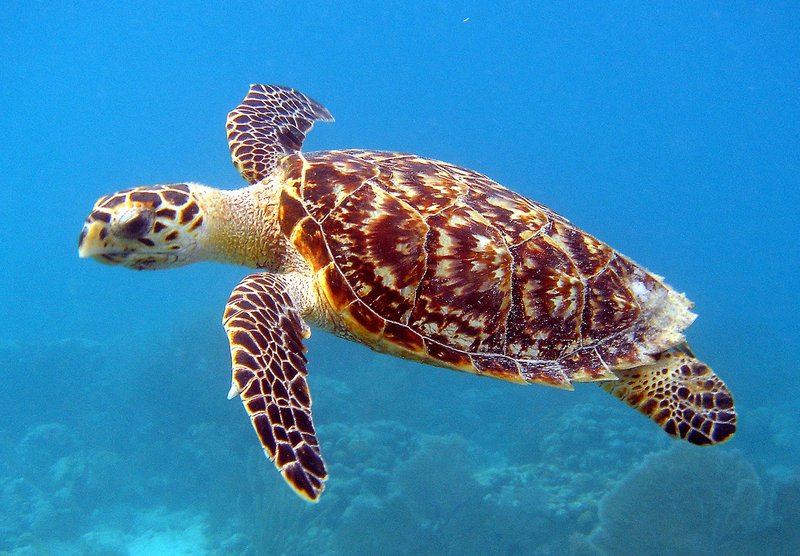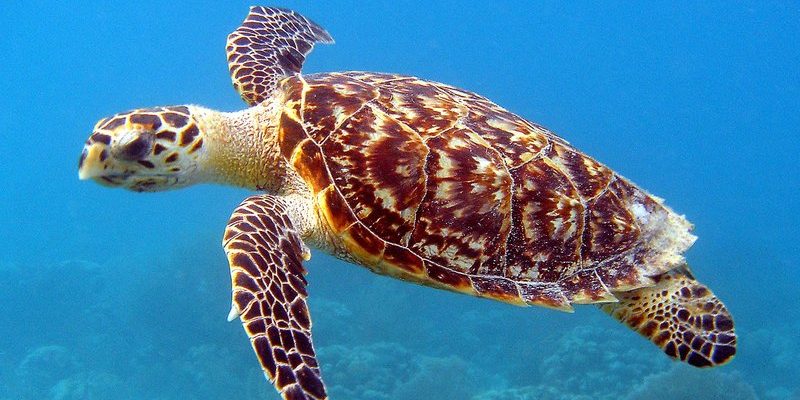
So, why should we care about these magnificent turtles? Well, they play a crucial role in maintaining healthy coral reefs and seagrass beds. Like gardeners of the ocean, they help promote biodiversity. But their existence is under threat, and it’s important for us to understand the challenges they face if we want to safeguard their future. Let’s dive into some of the most common threats to the hawksbill turtle and what we can do about it.
Habitat Loss
One of the main threats to the hawksbill turtle is habitat loss. Imagine if you lived in a beautiful home, but over time, it was gradually taken away piece by piece. This is what’s happening to hawksbills as coastal development encroaches on their nesting beaches and feeding grounds. Urbanization, tourism, and infrastructure projects like beach resorts can destroy these critical habitats, making it difficult for turtles to nest and thrive.
Coral reefs, where hawksbills often feed, are also affected by human activity. Increased pollution, climate change, and ocean acidification lead to coral bleaching, which impacts the entire marine food web. When coral reefs suffer, so do the creatures that depend on them, including the hawksbill turtle. Without healthy habitats, these turtles struggle to find food, mates, and safe nesting sites.
Illegal Trade
You might be surprised to learn that the illegal trade of hawksbill turtle shells poses a significant threat to their population. These shells are often used to make jewelry, ornaments, and traditional crafts that can fetch high prices on the black market. It’s a bit like the world of fashion—sometimes, trends can lead to devastating consequences. Hawksbill shells are highly sought after because of their striking colors and patterns, but this demand puts immense pressure on the already vulnerable turtle population.
Conservationists and authorities are working hard to combat this issue through stricter regulations and awareness campaigns. However, the trade continues, fueled by demand. If we want to help hawksbill turtles, supporting sustainable products and advocating for conservation initiatives can make a big difference.
Climate Change and Global Warming
Here’s the thing—climate change affects us all, but some creatures bear the brunt more than others. Hawksbill turtles are particularly vulnerable to the impacts of global warming. Rising sea levels can inundate nesting beaches, making it challenging for females to lay their eggs. Additionally, warmer sand temperatures can skew the sex ratio of hatchlings. For these turtles, a higher temperature can lead to more females being born, which creates long-term problems for population sustainability.
Moreover, ocean warming contributes to coral reef degradation and increases the frequency of severe weather events. Imagine living in an environment that’s constantly changing and threatening your home. For hawksbill turtles, this is a harsh reality. Protecting their nesting sites and advocating for climate action can help ensure their future.
Pollution and Marine Debris
Have you ever gone to the beach and noticed trash littering the sand? Sadly, this pollution can have tragic consequences for hawksbill turtles. Marine debris, like plastic bags and fishing nets, can be deadly. Turtles often mistake plastic for jellyfish, one of their favorite foods. Ingesting plastic can cause serious health issues or even death.
Apart from ingestion, turtles can also get tangled in fishing nets or other debris, which can lead to injury or drowning. Addressing this issue involves reducing plastic use, participating in beach clean-ups, and advocating for better waste management policies. Remember, our small actions can lead to significant changes for these turtles.
Fishing Practices
Fishing practices also pose a significant threat to hawksbill turtles. While turtles are not the target, they often end up caught in nets or hooks when fishermen are trying to catch other species. This is called bycatch, and it’s a serious issue for many marine animals. It’s like being in the wrong place at the wrong time, and unfortunately, for hawksbill turtles, it can mean life or death.
Some fishing methods, like longlining and gillnetting, are particularly harmful. However, there are more sustainable fishing practices out there! By supporting fisheries that use turtle-friendly gear and advocating for responsible fishing policies, we can help reduce these unintended captures.
Conservation Efforts
Now that we’ve covered the threats, let’s talk about conservation efforts. Many organizations are working tirelessly to protect hawksbill turtles and their habitats. For instance, nesting sites are monitored to ensure that eggs are safe from predators and human disturbances. In some areas, marine protected areas have been established to provide safe havens for these turtles.
Community engagement is also crucial. Local groups often lead initiatives to educate people about the importance of hawksbill turtles and how they can help. Whether it’s through beach clean-ups or awareness campaigns, every action counts. When communities come together to work for conservation, it can lead to real change.
What Can You Do to Help?
You might be wondering, “What can I do to help hawksbill turtles?” Honestly, there’s quite a bit you can do, and it doesn’t have to be overwhelming. Here are a few simple actions you can take:
- Reduce plastic use: Switch to reusable bags, bottles, and straws.
- Participate in clean-ups: Join local beach clean-up efforts to keep habitats clean.
- Support conservation groups: Donate to or volunteer with organizations dedicated to marine conservation.
- Educate others: Share what you’ve learned about hawksbill turtles to raise awareness.
Every small action can lead to a bigger impact. Together, we can create a safer world for these incredible turtles.
In conclusion, the hawksbill turtle is a symbol of our oceans’ health, but it faces many challenges. From habitat loss to illegal trade, the threats are real and pressing. But with awareness, action, and commitment, we can all play a part in safeguarding their future. Let’s work together to ensure that the next generation can marvel at these magnificent creatures in the wild.

